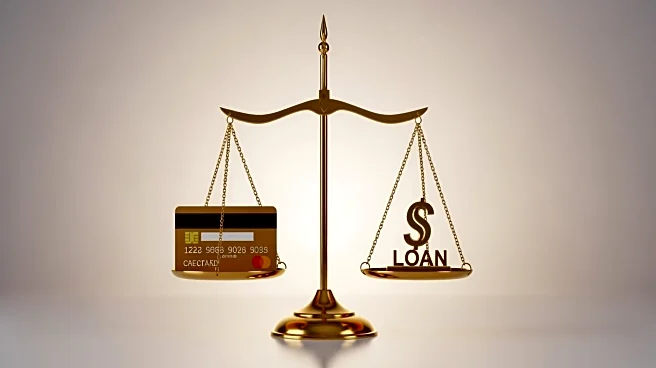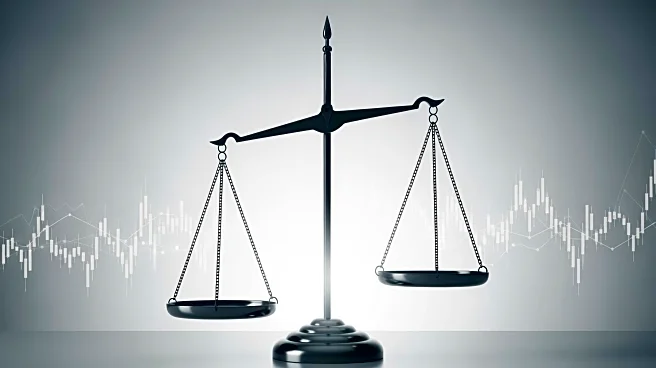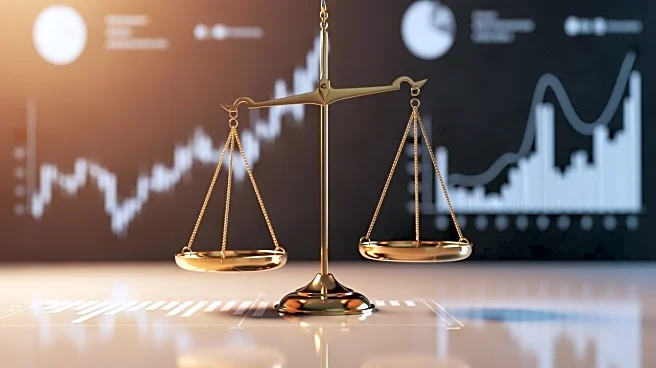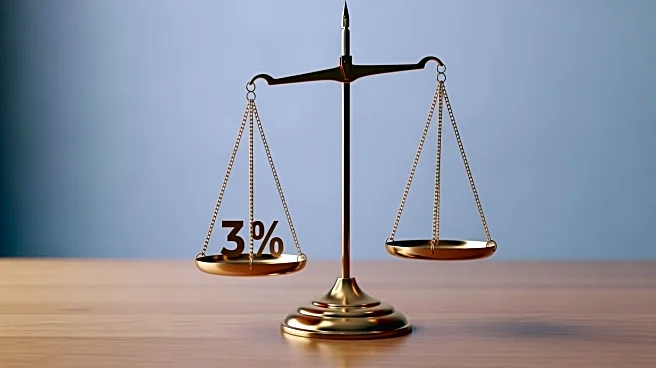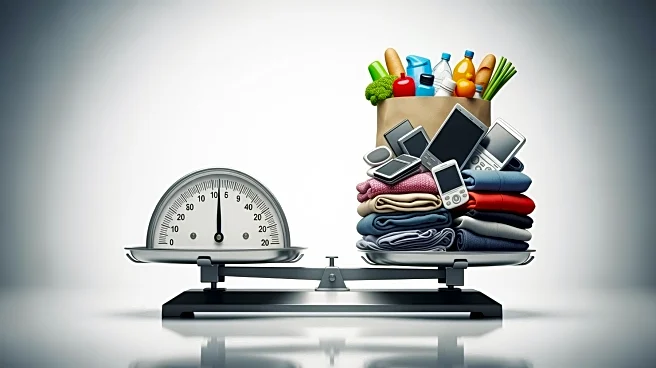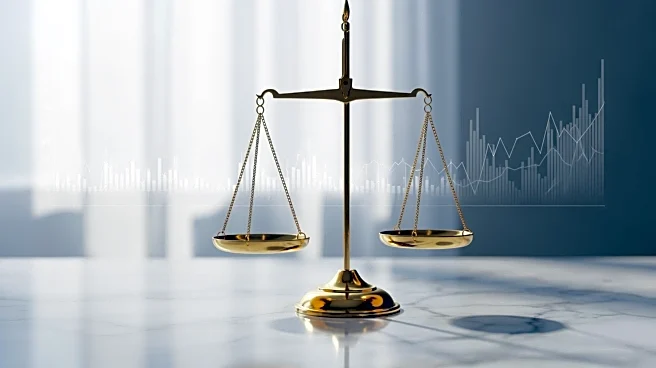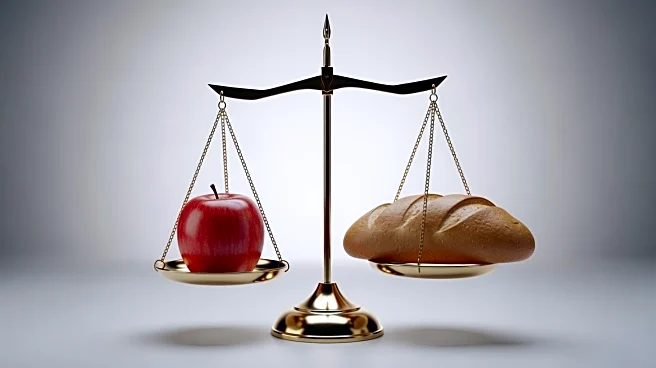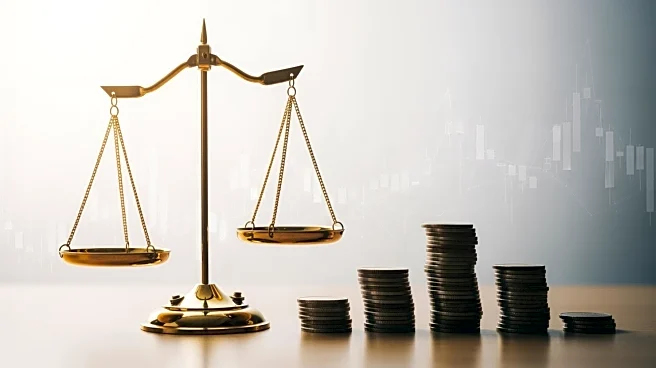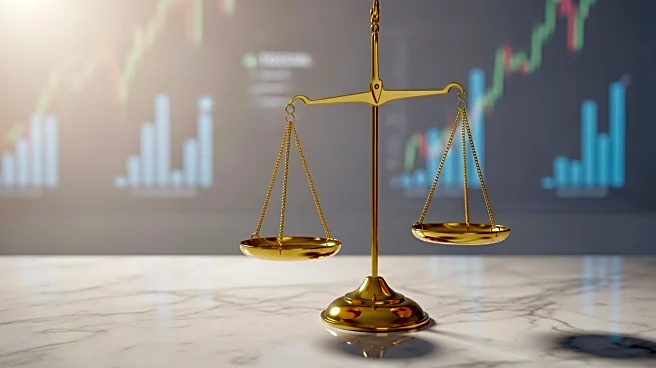What's Happening?
The Federal Reserve has recently announced a quarter-point cut in short-term interest rates, which is expected to affect individuals with credit cards, loans, and savings accounts. This decision is part
of the Fed's ongoing efforts to manage economic conditions. For credit card holders, the rate cut may result in slightly lower interest rates, although the impact on monthly payments might be minimal. Ted Rossman from Bankrate notes that for those with an average debt load of over $6,000, the monthly minimum payment might decrease by just $1. Despite the cut, credit card rates remain high, and significant savings would require a more substantial rate reduction. Consumer Reports suggests that individuals could save on interest by working with credit unions or financial counselors to consolidate debt with personal loans. Fixed-rate loans, such as federal student loans, car loans, and mortgages, will not be affected unless refinanced. However, new borrowers might benefit from marginally lower rates on new loans, such as car loans. The interest rate cut could also lead to a decrease in savings account interest rates, although competition among banks might mitigate this effect.
Why It's Important?
The Federal Reserve's decision to cut interest rates has significant implications for both borrowers and savers in the U.S. economy. For borrowers, particularly those with high-interest credit card debt, even a small reduction in rates can lead to savings over time, although the immediate impact may be limited. This move could encourage consumers to seek better financial management strategies, such as debt consolidation. For savers, the potential decrease in savings account interest rates could affect returns, prompting individuals to shop around for better rates. The rate cut also signals the Fed's approach to stimulating economic activity, which could have broader implications for consumer spending and economic growth. As the Fed continues to adjust rates, the financial landscape for both borrowers and savers will evolve, potentially affecting consumer behavior and financial planning.
What's Next?
Looking ahead, there is the possibility of further interest rate cuts by the Federal Reserve, which could amplify the current changes in borrowing and saving conditions. Analysts suggest that additional cuts could make the impact on credit card and loan rates more pronounced, potentially leading to more significant savings for consumers. Financial institutions may respond by adjusting their offerings, and consumers are advised to stay informed about rate changes and explore options for refinancing or consolidating debt. The ongoing adjustments by the Fed will be closely watched by economic stakeholders, as they could influence broader economic trends and consumer confidence.
